-
- Find Care
-
- Visitor Information
- Find a Location
- Shuttles
- Visitor Policies
-
-
- Our Virtual Care Options
- Virtual Urgent Care
- Virtual Visits for Primary & Specialty Care
- Online Second Opinions
- Participate in Research
-
- Contact us
-
- For Innovators
- Commercialization Guide for Innovators
-
-
- Research News
- Alzheimer's Disease
- Artificial Intelligence
-
- Overview
-
- Overview
- Getting Started
- New to Mass General Brigham
- International Patient Services
- What Is Patient Gateway?
- Planning Your Visit
- Find a Doctor (opens link in new tab)
- Appointments
- Patient Resources
- Health & Wellness
- Flu, COVID-19, & RSV
- Billing & Insurance
- Financial Assistance
- Medicare and MassHealth ACOs
- Participate in Research
- Educational Resources
- Visitor Information
- Find a Location
- Shuttles
- Visitor Policies
- Find Care
-
- Overview
- Our Virtual Care Options
- Virtual Urgent Care
- Virtual Visits for Primary & Specialty Care
- Online Second Opinions
-
- Overview
- Participate in Research
-
- Overview
- About Innovation
- About
- Team
- News
- For Industry
- Venture Capital and Investments
- World Medical Innovation Forum (opens link in new tab)
- Featured Licensing Opportunities
- For Innovators
- Commercialization Guide for Innovators
- Contact us
-
- Overview
- Information for Researchers
- Compliance Office
- Research Cores
- Clinical Trials
- Advisory Services
- Featured Research
- Two Centuries of Breakthroughs
- Advances in Motion (opens link in new tab)
- Brigham on a Mission (opens link in new tab)
- Gene and Cell Therapy Institute
- Research News
- Alzheimer's Disease
- Artificial Intelligence
-
- Overview
-
- Overview
- Residency & fellowship programs
- Brigham and Women's Hospital
- Massachusetts General Hospital
- Mass Eye and Ear
- Newton-Wellesley Hospital
- Salem Hospital
- Integrated Mass General Brigham Programs
- Centers of Expertise
- Global & Community Health
- Health Policy & Management
- Healthcare Quality & Patient Safey
- Medical Education
- For trainees
- Prospective trainees
- Incoming trainees
- Current trainees
- Continuing Professional Development
Sinus Pressure
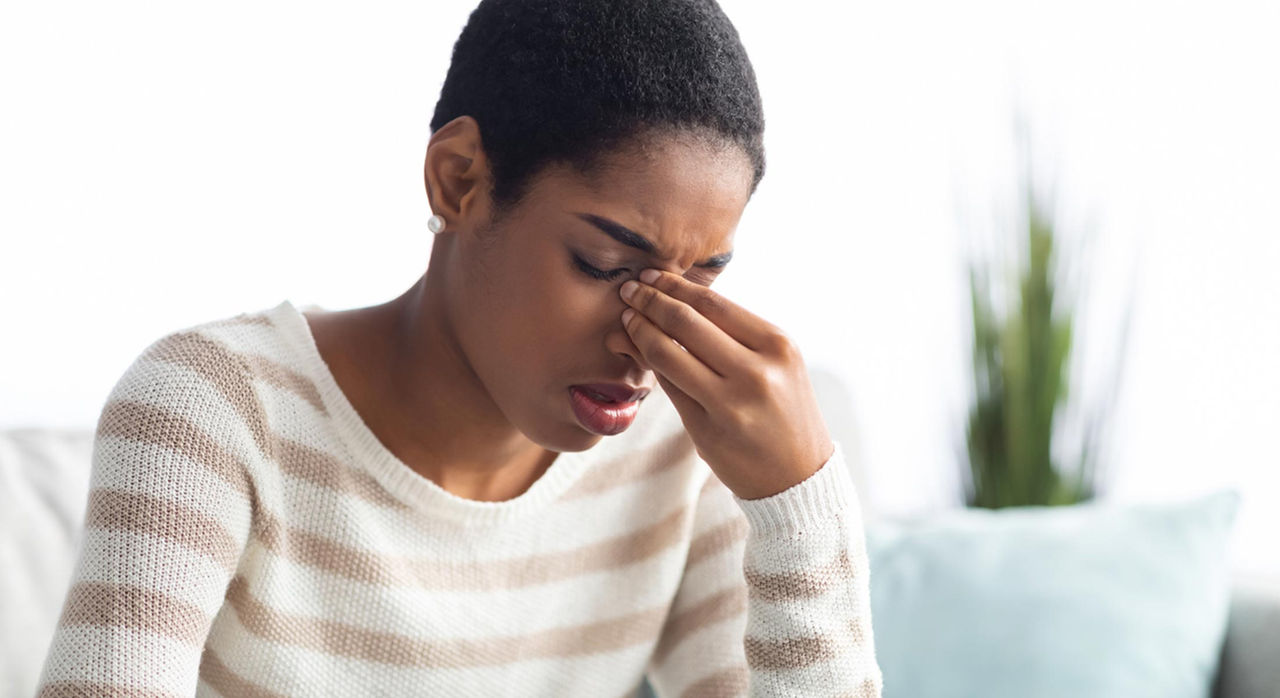
You woke up with a throbbing headache and pressure behind your eyes, cheeks, or the bridge of your nose. What’s going on? Odds are your sinuses are to blame. “Sinus pain and pressure is something I treat patients for every single day,” says Hope Lounsbury, PA-C, the lead physician assistant for Mass General Brigham Urgent Care.
The causes of sinus pressure aren’t always straightforward. “But happily, treatments exist to ease the discomfort. And with the help of your clinician, you can get to the bottom of it and feel better soon,” Lounsbury adds.
Sinus pressure causes
Your sinuses are spaces in your skull, behind your forehead, nose, cheeks, and eyes. Normally, these spaces are filled with air. When you’re sick, they can become blocked with mucus.
Infections can also make your sinuses inflamed or swollen. That’s known as sinusitis—and it’s the main cause of sinus pressure.
Sinus pressure is usually caused by:
- Allergies
- Viral infections (such as the common cold or flu)
- Bacterial sinus infections
Sometimes, fungal infections can cause sinusitis. Those infections are more serious, but also much less common.
Types of sinusitis
Sinusitis comes in two categories:
- Acute sinusitis is short-term. Infections from colds and other viruses usually last 7 to 10 days. Bacterial sinus infections can last longer.
- Chronic sinusitis is a longer-term problem, where inflammation lasts for more than 12 weeks. Some people with chronic sinusitis experience 4 or more shorter episodes of sinusitis in a single year. Sometimes, a physical barrier in the sinuses, such as a deviated septum or nasal polyps, contributes to recurrent sinusitis.
Where do you feel sinus pressure pain?
If you have nasal congestion or excess mucus and feel facial pressure or pain that gets worse when you bend forward, it’s probably sinus pressure, Lounsbury explains. “Where you feel the pressure depends on which sinus or sinuses are infected,” she adds.
Typically, you’ll experience sinus pressure:
- Over your cheeks
- Behind your eyes
- Over your forehead
The sinus pressure in those areas might also radiate to your ears, upper teeth, and jaw.
Diagnosing sinus pressure
How can you tell what’s causing sinus pressure? It’s not always obvious, especially in the first few days. But there are some clues to look for, Lounsbury explains:
- Duration: Colds usually last 7 to 10 days. Symptoms usually peak between day 3 and 6, and then get gradually better. If you still feel terrible after 10 days, or your symptoms are getting worse instead of better, you might have a bacterial infection that could be treated with antibiotics.
- Season: Allergies tend to be worst in spring, with a possible repeat performance in fall. Colds, viruses, and sinus infections can strike at any time.
- Symptoms: Colds and viruses such as COVID-19 usually come with other symptoms, such as a sore throat and cough. Allergies typically cause itchy, watery eyes and sneezing. If you have mucus and sinus pressure but not many other symptoms, it’s more likely to be a bacterial sinus infection.
- Location: With a bacterial sinus infection, it’s common to feel pain and pressure on just one side of your face. That happens when the infection is in just one sinus. With a cold or allergies, sinuses on both sides will be affected.
- Color: With allergies, drainage from your nose is usually clear or slightly whitish. With infections from viruses and bacteria, the mucus tends to be darker in color. But it’s a myth that bright green discharge equals a bacterial sinus infection, Lounsbury says. “You can’t tell from the color of the mucus whether the infection is caused by a virus or bacteria.”
How to relieve sinus pressure
You don’t necessarily need to see your doctor at the first sign of sinus pressure. There are things you can try at home to bring relief:
- Antihistamines: If allergies are causing your sinus pressure, try an over-the-counter antihistamine to calm symptoms.
- Decongestants: Over-the-counter decongestant pills or sprays can help calm inflammation and ease sinus pressure. But talk to your primary care provider (PCP) or pharmacist before taking them if you have high blood pressure or hypertension, Lounsbury cautions.
- Pain medications: Medicines like ibuprofen and acetaminophen can help soothe sinus pain and headaches.
- Steroid spray: An over-the-counter steroid nasal spray can calm inflammation from sinusitis and help mucus drain. These sprays can be helpful for any cause of sinus pressure, Lounsbury says.
- Nasal irrigation: Neti pots and nasal rinses can help clear mucus from your sinuses. “Just make sure to use sterile saline or sterilized water, and follow the instructions that come with the nasal rinse or neti pot,” Lounsbury says. “Don’t use untreated tap water for nasal irrigation, since it can cause different types of infections.”
- Heat: Warm compresses placed over your sinuses can help break up mucus and encourage it to drain. A hot, steamy shower can also help get things running.
- Massage: Massaging your face above your sinuses can also break up mucus to dial down the pressure.
When to see a health care provider for sinus pressure treatment
If your symptoms haven’t gone away after 10 days, or seem to be getting worse instead of better, you might have a bacterial sinus infection. Some bacterial sinus infections go away on their own without antibiotics, Lounsbury notes. But a health care provider may prescribe antibiotics to help you fight the infection.
You don’t have to wait 10 days to see your provider, though. “If you’re unsure what’s causing your symptoms, or are unsure about what medications you can take, get checked out by a health care provider,” Lounsbury says. “That’s what we’re here for.”
Start by calling your PCP. Your doctor's office can recommend next steps and assist with any urgent issues. Many Mass General Brigham primary care practices for adults and children offer same-day, in-person, and virtual visits. If you don’t have a PCP or no appointments are available, you can go to urgent care.
Before you head into the clinic, it’s a good idea to take a home COVID test, Lounsbury adds. Headaches and sinus pressure are also common symptoms of COVID-19. “I’ve treated a lot of patients who were sure they had a sinus infection, but turned out to have COVID,” she says.
Virtual visits for sinusitis
Doctors don’t always need to see you in person to diagnose and treat sinusitis and sinus infections. “A virtual visit is a great option for a lot of sinus problems,” Lounsbury says.
Another helpful option is Mass General Brigham Virtual Urgent Care. It’s open to all patients ages 3 and up, even if they haven’t seen a Mass General Brigham provider before. Both new and current patients can schedule a virtual urgent care visit for that day or the next day on Mass General Brigham Patient Gateway.
Contributor
Contributor
Related articles
-
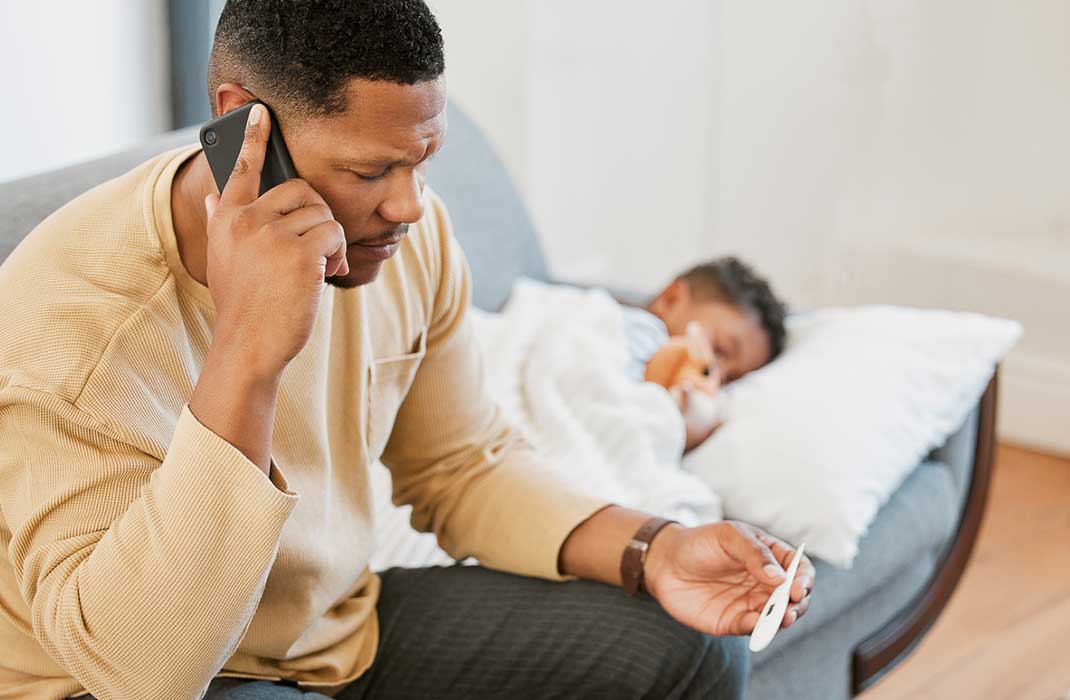
published on
-
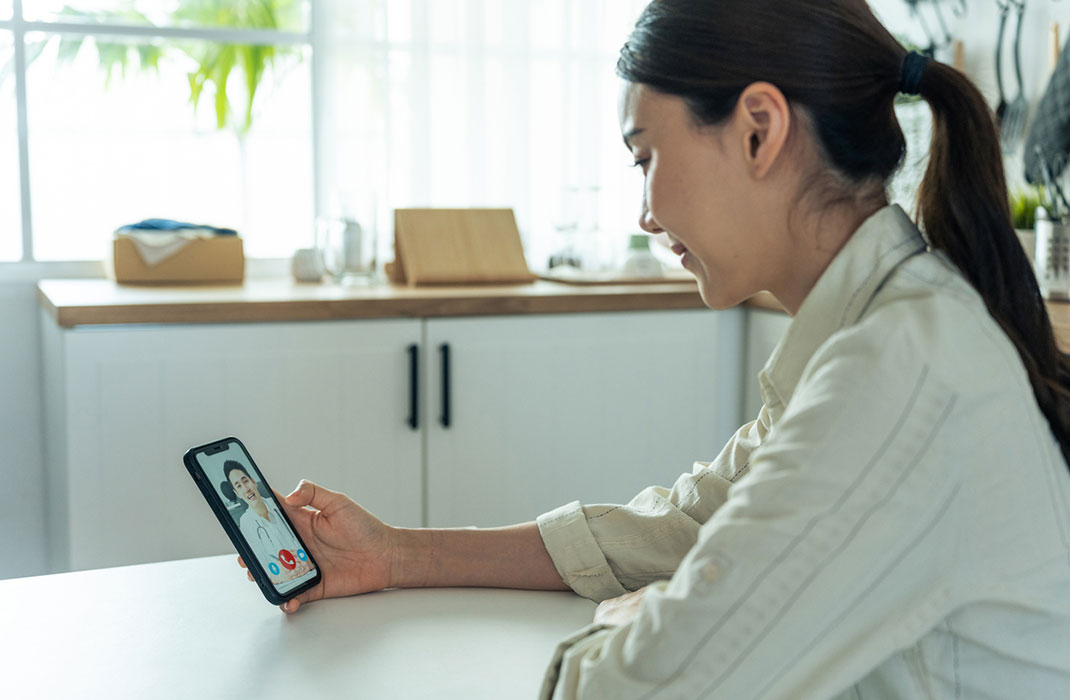
published on
-
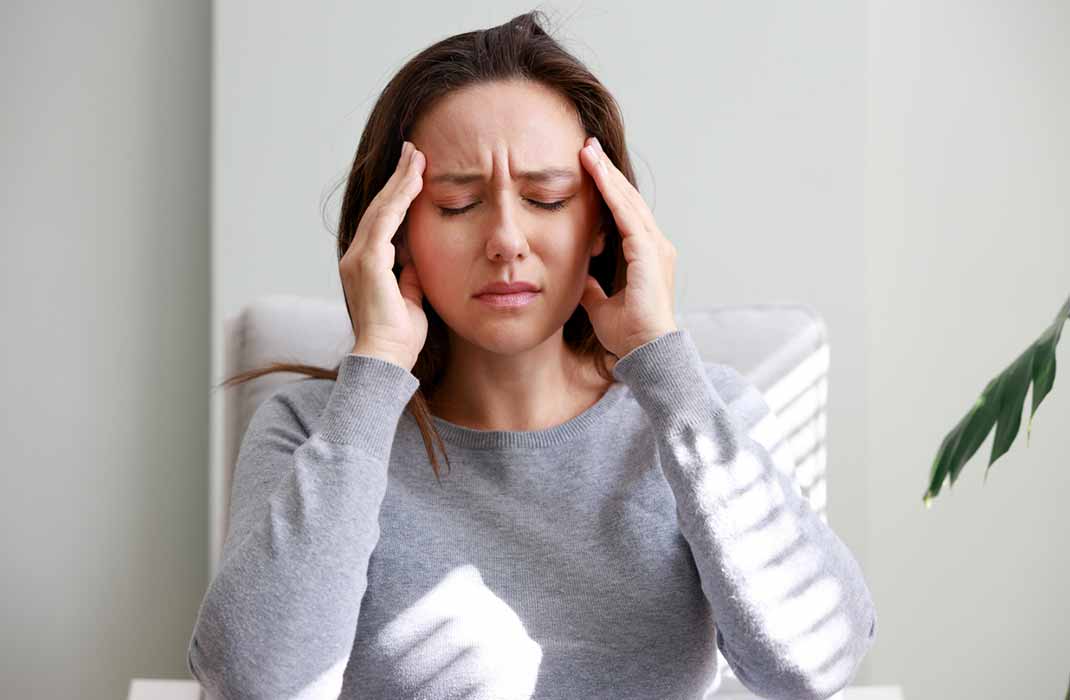
published on
-

published on
-
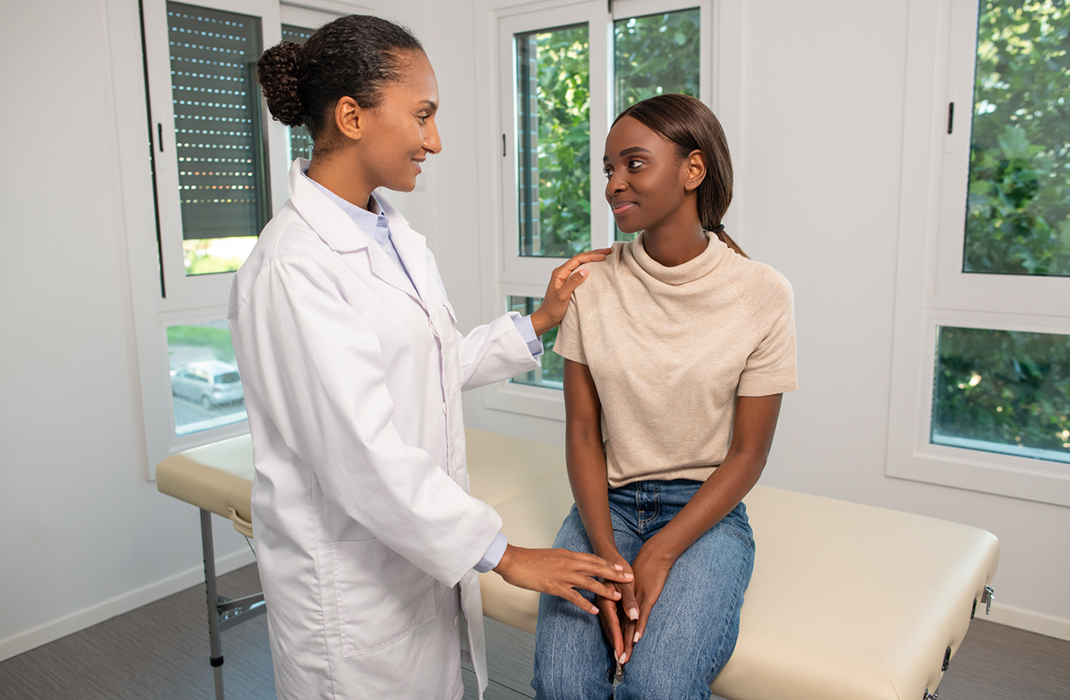
published on
-

published on
-

published on
-

published on
-
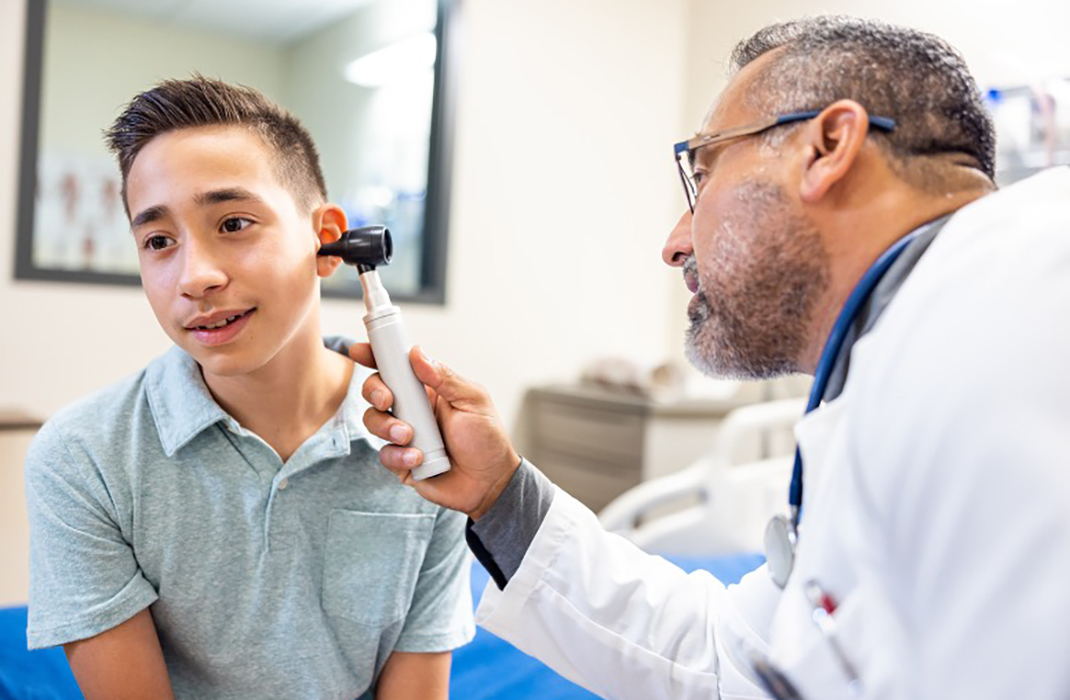
published on